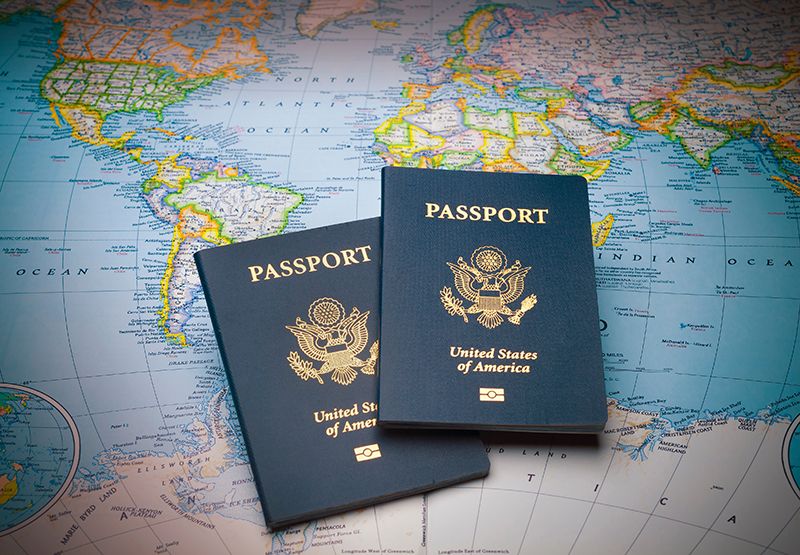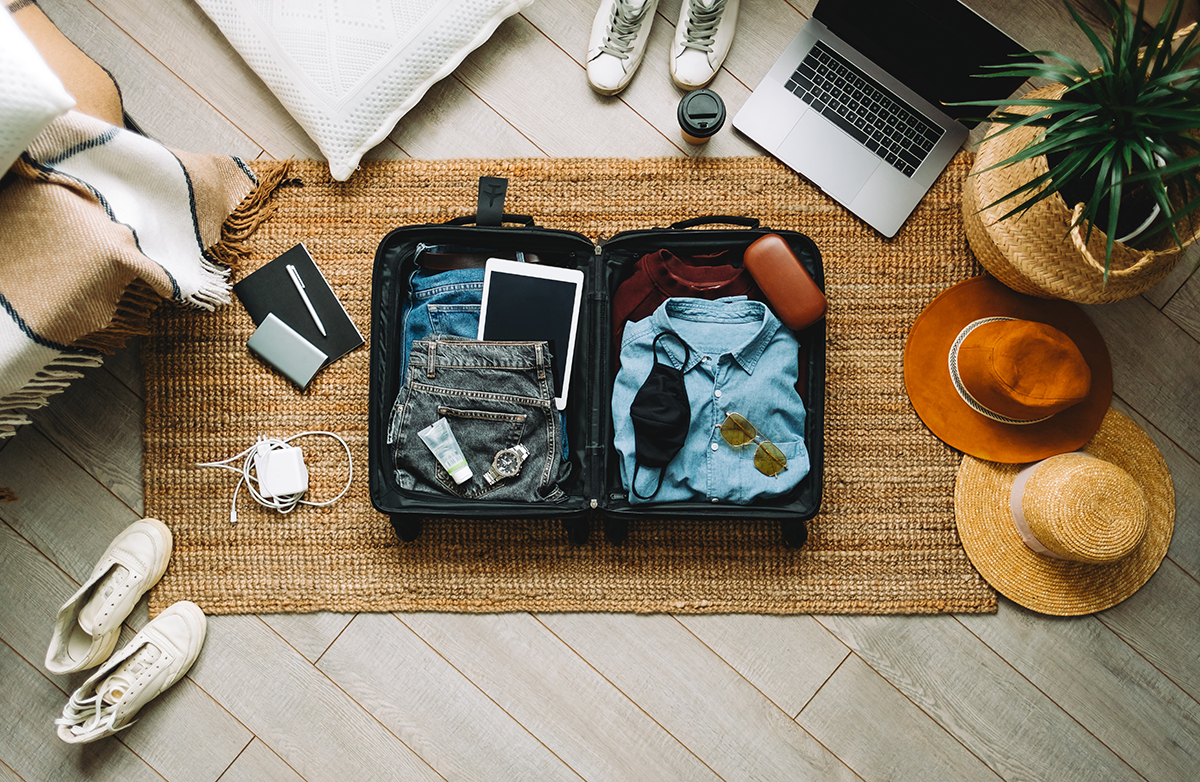
The world is mostly open and you might be looking to make your first international trip in some time. It’s as simple as getting your passport and booking a ticket right? Not quite. There are many more things to consider especially when health and safety are a priority.
We took a look back at our experiences to put together a list of resources and considerations to help ensure a safe, smooth travel experience.
How to Travel with Supplements and Medications

Here are some tips to minimize disruptions such as extra screenings, seizures/confiscations, running out of medication or in the worst case imprisonment. Some medications or even supplements that are common in the United States are highly regulated or banned in other countries, and vice versa.
- Check with the foreign embassy of the country you are visiting or transiting to make sure your medications are permitted in that country. For example, you risk arrest for bringing banned substances into Japan even with a valid US prescription. The list of banned substances may surprise you as it includes over-the-counter cold and allergy medicines.
- Have enough medication to cover your trip plus several days in case of delays or an emergency.
- Have a letter from your doctor explaining your condition and why the medication or supplement you have is needed.
- Maintain everything in its original, labeled container.
[READ: Eating Healthy While Traveling]
Passport Information

For diplomatic reasons, holders of different passports have an easier or more tedious situation with international travel. For example, U.S. passport holders can travel to the UK, The EU, Japan, and South Korea visa-free (among many other countries). But visas are required for travel to China and Vietnam.
Find out about your Passport Power and Restrictions here.
CDC Health Notices and Vaccination Requirements
Because of the unique health situations in different countries, the vaccine requirements can vary a bit. Follow this link to check out health notices and vaccine requirements for your destination.
Travel Insurance
Medicare and most private insurance plans don’t cover health care and health incidents overseas. You can call your provider to find out more specifically whether they do or do not.
With that being said, you’ll want to look into getting international travel insurance.
Everyone will have different needs and priorities (emergency evacuation coverage, pre-existing conditions etc). Forbes has put together a pretty healthy list of travel medical insurance resources and considerations
Resources from the US State Department
The US State Department provides a wide range of information and resources for Americans traveling abroad. While they’re an important resource, you should familiarize yourself with what they can and can’t help with in a crisis. They provide clarification here.
List of U.S. Embassies and Consulates
The US Embassy or consulate is often your go-to resource overseas, so we recommend finding the one in your destination and writing down the info on a piece of paper to go in your wallet or day bag. This will be helpful in case you lose your phone or something happens to it.
State Department Travel Advisories List
When considering your destination, check the travel advisories to consider potential issues like a storm season, civil unrest, or other concerns.
Check State Department Travel Advisories
Smart Traveler Enrollment Program
The STEP allows travelers and those living abroad to enroll their trip with the nearest US Embassy for important alerts and to help family and friends get in touch in case of emergency.
[READ: Healthy Travel Checklist]
Information by Travel Type
This page has unique information for various travel situations such as:
Quick Answers to Popular Travel Questions
Carry-on Sizing

Carry-on sizes aren’t regulated. But there are some general guidelines to help you out.
- Travel Pro cites a typical size of 22 x 14 x 9 inches for international flights.
- Ryanair is a good proxy for understanding the small end of the spectrum for budget airlines in other countries. Their carry-on size is 40cm x 25cm x 20cm which converts to 15.75 x 7.87 x 9.84 inches. So if you’re planning a multi-country trip with only a carry-on using budget airlines, this is your benchmark.
- US News and World Report cites an average U.S. domestic carry-on size of 21.5 x 15.5 x 9 inches
China
All foreign citizens except for those with a passport from Singapore, Japan or Brunei will need a visa to enter mainland China. China’s visa information.
Quarantines are no longer required as of January 2023.
Taiwan
U.S. citizens who wish to enter Taiwan as a tourist or short-term visitor (less than 90 days), do not need a visa.
Hong Kong
U.S. citizens visiting Hong Kong for fewer than three months/90 days are not required to obtain visas.
At this time, the only health measure is a temperature check upon arrival.
South Korea
U.S. Citizens no longer need tourist visas as of 04-01-2023 for stays shorter than three months/90 days.
Japan
U.S. citizens can travel to Japan visa-free for stays shorter than three months/90 days.
All COVID-19 vaccination and quarantine requirements have been dropped as of 04-29-2023
European Union
The EU offers mostly visa-free travel for U.S. Tourists within 27 countries according to the Schengen agreement.
Bottom Line
It has been great to find out how many countries are now fully open to international travel again. Hopefully, this list of resources helps you to have a safe and smooth experience abroad.





Validate your login
Sign In
Create New Account